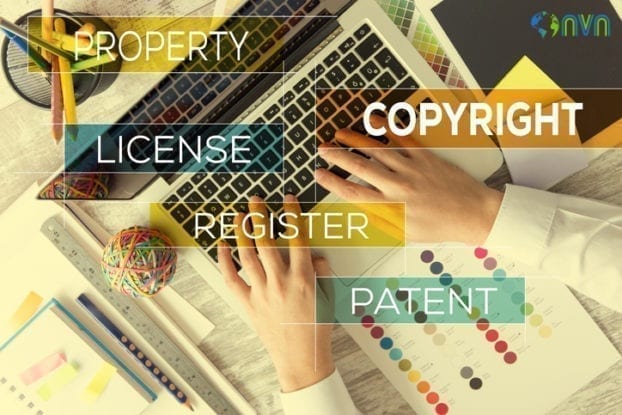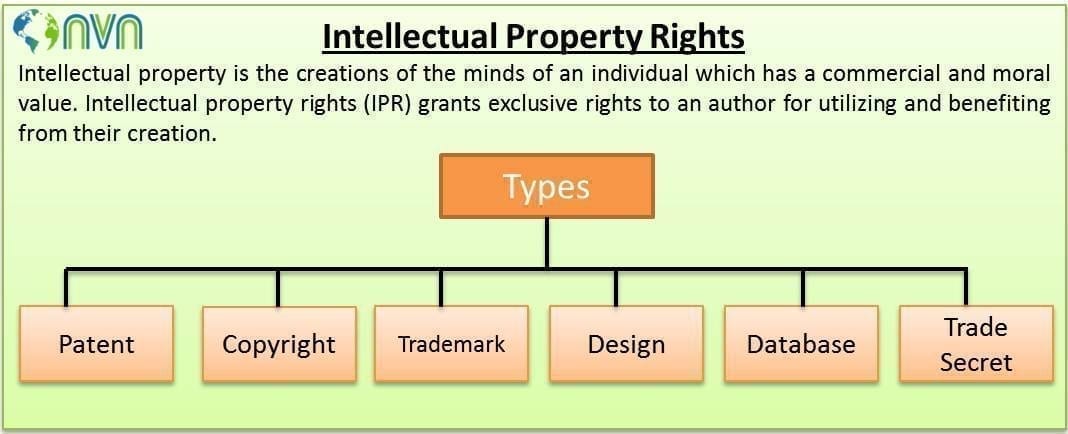Digital Media
Necessary To Protect Intellectual Property?? – How Is It Protected?

Intellectual Property Rights (IPRs) are exclusive rights and therefore there is always a challenge to strike a balance between the interests of innovators and the interests of the society at large.
Companies spend huge sums of money to develop new technologies with the aim of scoring some edge over their competitors. In the absence of such protection, individuals, as well as big enterprises, will refrain from investing and developing new technologies as the competitors might copy the idea/technology without any fear of facing consequences & the biggest loser among all this would be the consumer.
With the rapid growth of cases dealing with IPR laws – including patents, trademarks, copyrights, and design laws –the Indian Legislature established commercial courts in India by passing a new Act in 2015, which came into effect in 2016, with the objective of streamlining and expediting commercial lawsuits, including IP disputes. There are a plethora of laws across various jurisdictions that are aimed at protecting an individual’s intellectual property within their jurisdiction. Any individual can claim protection for their Intellectual Property under these laws.
With the ever-changing technology and shrinking world boundaries, the term “Intellectual Property” is coming to be used more often than ever, and hence, it is more important than ever for an individual to know as well as to protect his intellectual property rights. The Cell for IPR Promotion and Management (CIPAM), which is a government body, has been working in conjunction with WIPO and the National Judicial Academy, India (NJA) for organizing training and sensitization programs on IPRs for High Court and district court judges.




































